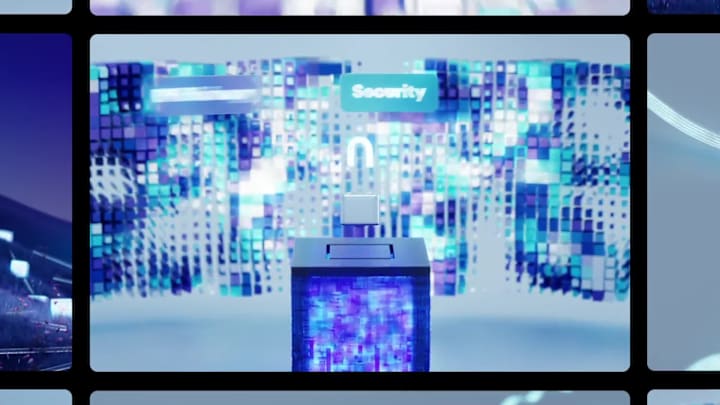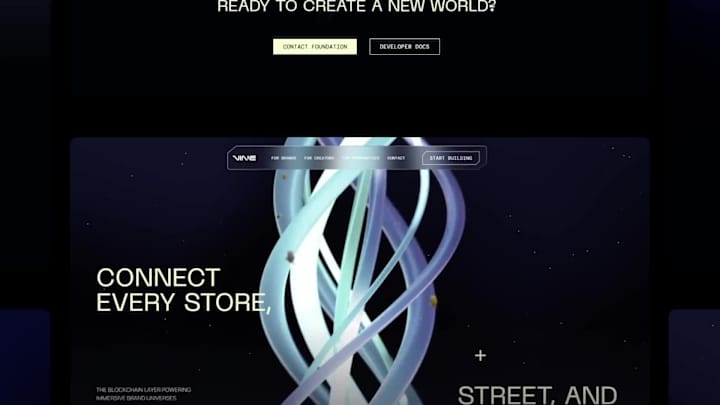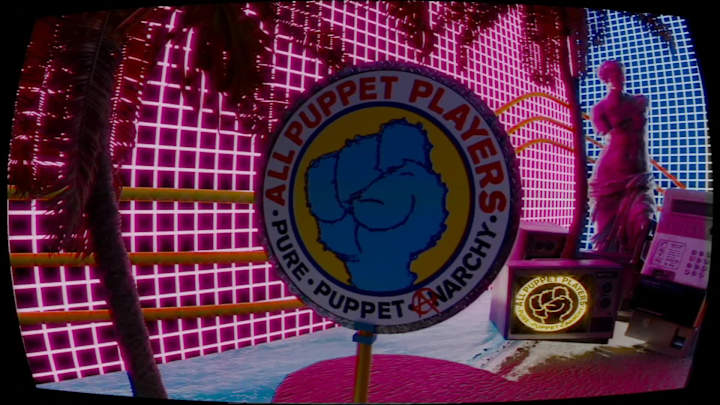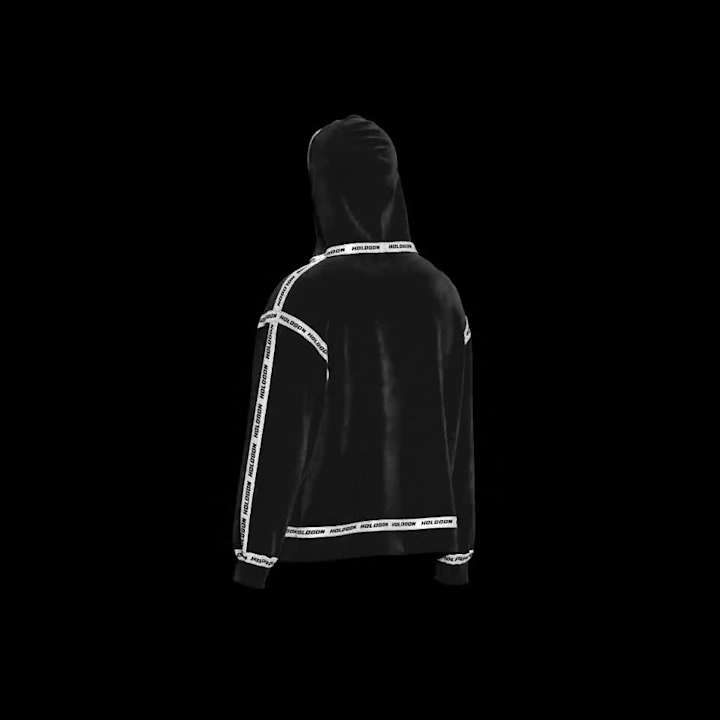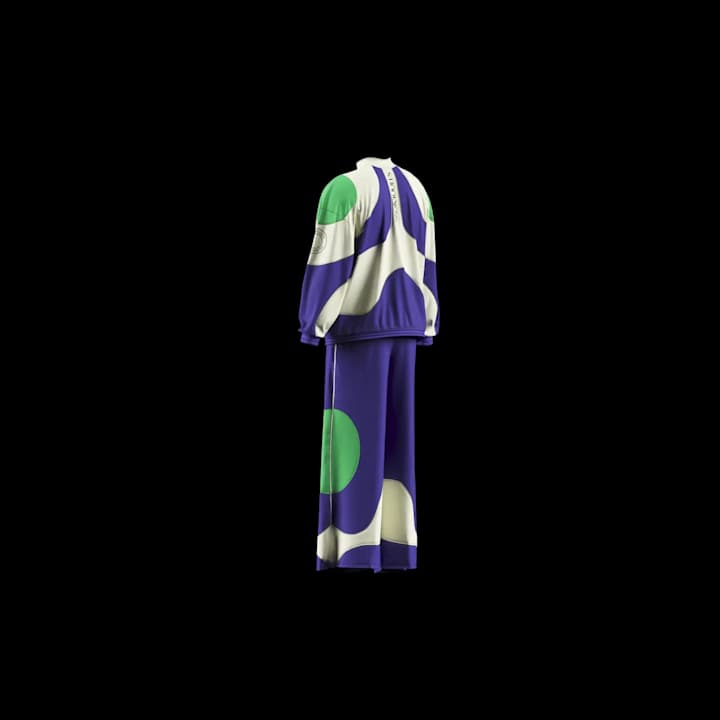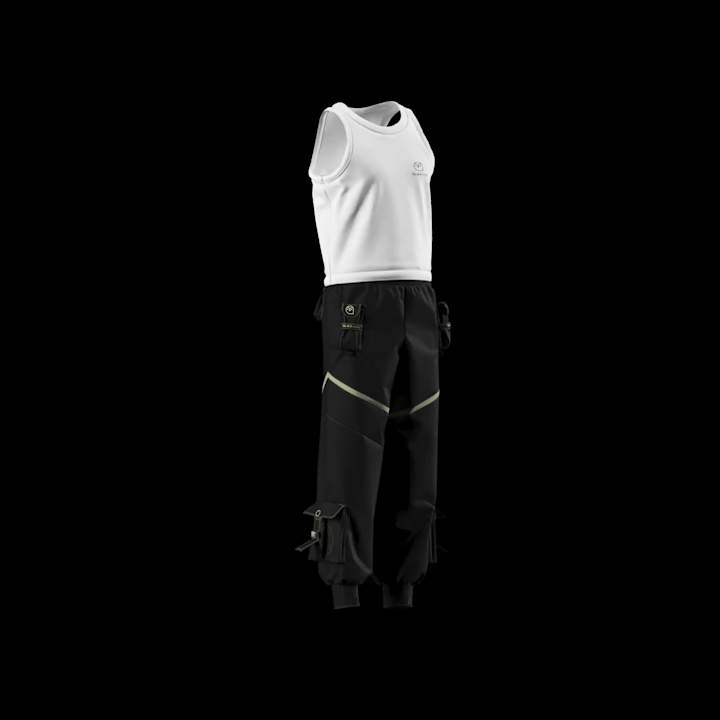What should I look for in the 3D renderer's portfolio?
Review their past work to see if it matches the style you want. Check for detailed textures and good lighting in their renders. Look for a variety of projects to ensure they're versatile.
How do I define the project scope clearly?
List all the key elements you need in the 3D render. Be clear about the number of images or animations you expect. Give examples of styles or techniques you like.
How can I ensure the 3D renderer understands my vision?
Share reference images and detailed sketches if you have any. Explain the purpose and audience for the renders. Have a kickoff meeting to discuss the project in detail.
What is important when setting timelines with a 3D renderer?
Discuss a realistic timeline that allows for feedback and revisions. Agree on milestone deadlines for drafts. Consider any upcoming holidays or busy periods in scheduling.
How can I agree on the deliverables effectively?
List out all the files and resolutions you need. Specify if you need the original project files. Agree on the format and size of final renders.
How do I track progress throughout the project?
Schedule regular check-ins or updates. Use a project management tool to track tasks. Ask for partial renders or previews to ensure alignment.
What should I prepare before onboarding a 3D renderer?
Gather all necessary documents and information to share. Prepare a detailed briefing document. Set up any required accounts for file sharing and communication.
How should I handle feedback and revisions with a 3D renderer?
Be clear and specific with your feedback. Use visual examples to explain changes. Limit the number of revision rounds to keep the project on track.
What should I consider when approving the final 3D render?
Check for accuracy and quality against the agreed specifications. Ensure all key elements and details are included. Confirm that the final render meets your expectations and project goals.
How do I communicate the project's creative direction?
Share mood boards or thematic guidelines. Discuss any brand or style guidelines that must be followed. Clearly outline any creative restrictions or open areas for innovation.
Who is Contra for?
Contra is designed for both freelancers (referred to as "independents") and clients. Freelancers can showcase their work, connect with clients, and manage projects commission-free. Clients can discover and hire top freelance talent for their projects.
What is the vision of Contra?
Contra aims to revolutionize the world of work by providing an all-in-one platform that empowers freelancers and clients to connect and collaborate seamlessly, eliminating traditional barriers and commission fees.

- $25k+
- Earned
- 13x
- Hired
- 5.0
- Rating
- 18
- Followers
Top

- $10k+
- Earned
- 18x
- Hired
- 5.0
- Rating
- 38
- Followers
Top

- $10k+
- Earned
- 19x
- Hired
- 5.0
- Rating
- 26
- Followers
Top
Expert

- $1k+
- Earned
- 7x
- Hired
- 5.0
- Rating
- 10
- Followers

- $1k+
- Earned
- 1x
- Hired
- 5.0
- Rating
- 29
- Followers
Expert

































